Astrophotography in the City

Saturday Night Under the Stars
Astrophotography in the City
Last weekend I posted a new video to my YouTube channel titled DSLR Astrophotography – A Night in the Backyard with my Camera. It is now Early-April, and we are in what amateur astrophotographers call “Galaxy Season”, as we transition from the Winter Constellations like Orion and Taurus, to the Summer Milky Way objects. In between, there are some fantastic deep-sky objects to observe in the Spring Constellations Leo, Coma Berenices, and Bootes.
The forecast called for clear skies on that crisp, cold Saturday night in Southern Ontario, and I was ready to image some deep-sky objects with my camera and telescope. After a late dinner, it was a race against the clock to photograph my first subject of the evening, the Waxing Crescent Moon. If you want to jump straight to the video, you can find it at the bottom of this post.
Live-View DSLR Through a Telescope
Using the Canon 70D’s live view screen for telescope observing
I barely had time to get the beautiful Waxing Crescent moon into my telescope’s eyepiece before it became obscured by the surrounding trees in my neighborhood! I shot a live-view video of the moon (with Earthshine visible) with my Canon EOS 70D DSLR through the telescope. This may be of interest to anyone wondering what the view is like through an 80mm refractor telescope. You need an adapter to attach the camera to the telescope, which you can buy online here.
After I focused the Moon and experimented with different ISO settings and exposure lengths, I snapped a couple of shots before moving on with the rest of my night. You can have a look at the equipment I use for astrophotography here.
The sky from my backyard
Next, I wanted to provide some examples of the dark-sky quality from my backyard. Living in the central part of town has its advantages, but dark skies are not one of them! I experience heavy light pollution from all directions. This makes using a light-pollution filter on my camera necessary for long exposures. Currently, I use the IDAS LPS clip-in filter on my Canon Rebel Xsi DSLR. This allows me to capture exposures of up to 5 minutes from my backyard.


Deep-Sky Target: Edge-On Spiral Galaxy in Coma Berenices
NGC 4565 – The Needle Galaxy
Once the moon had set, I promptly prepared my deep-sky astrophotography rig for a night’s worth of photons on my photography subject. I settled on NGC 4565 – The Needle Galaxy because of it’s size, magnitude, and current location in our night sky. The Needle Galaxy is an edge-on spiral galaxy that resides about 30-50 million lights years from Earth. This handsome galaxy is the current photo in my 2016 RASC Observer’s Calendar hanging in my office at work, perhaps that is what gave me the idea!
NGC 4565 – The Needle Galaxy
Photographed on: April 9/10, 2016
Total Exposure Time: 54 Minutes (18 x 3 Min. Subs @ ISO 1600)
Mount: Sky-Watcher HEQ-5 Pro
Camera: Canon 450D (modified)
Telescope: Explore Scientific ED80 Triplet Apo
Guided with PHD Guiding
Stacked in Deep Sky Stacker
Processed in Adobe Photoshop CC
This interesting NGC object shows up rather small in my 80mm telescope, as many galaxies do. A larger telescope with a focal length of 1000mm or more would be a better choice for this DSO. I also had a bit of a challenging evening out the background colour of this image. Flat frames would have made this issue much easier to deal with in post-processing. With just under an hour of exposure time, it is safe to say that I will need to add more time to this image to bring out the colour and detail.
AstroBackyard on Youtube
I am completely blown away with the response to my YouTube Channel has received. Thank you to everyone who has subscribed, I look forward to many new astrophotography videos in the future!


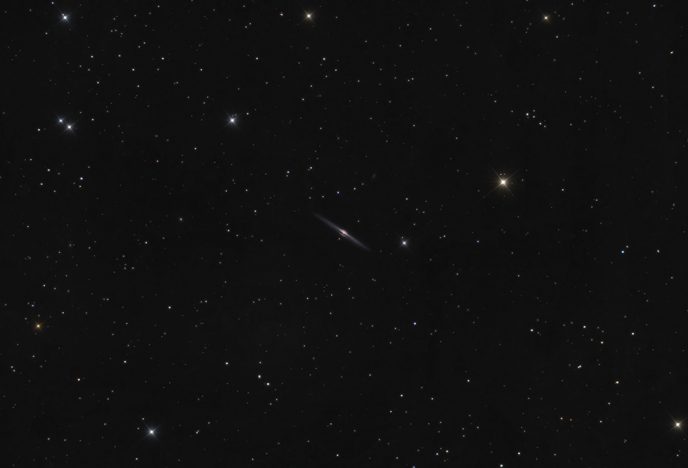
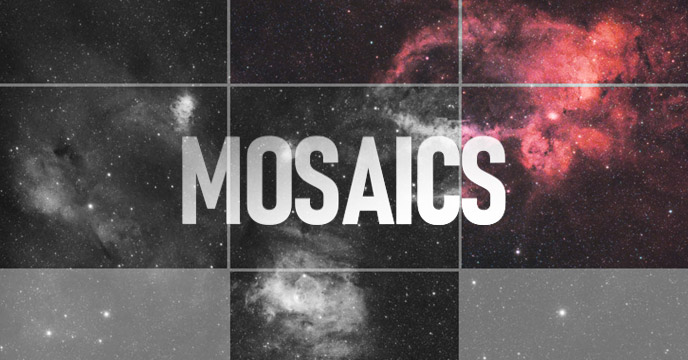
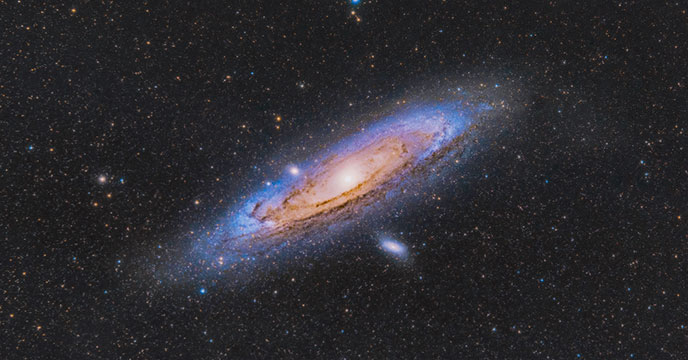
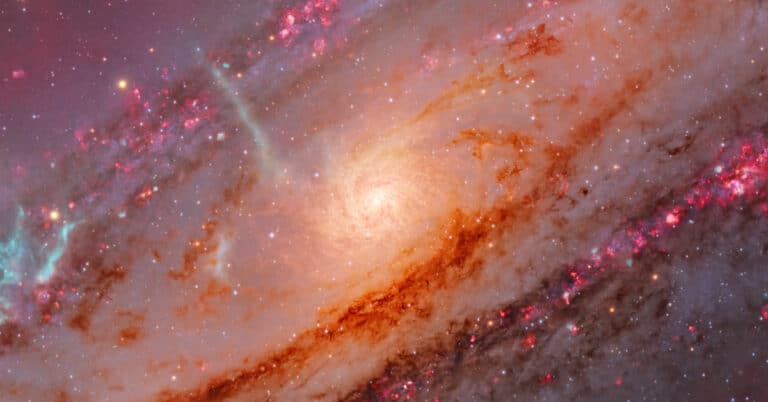
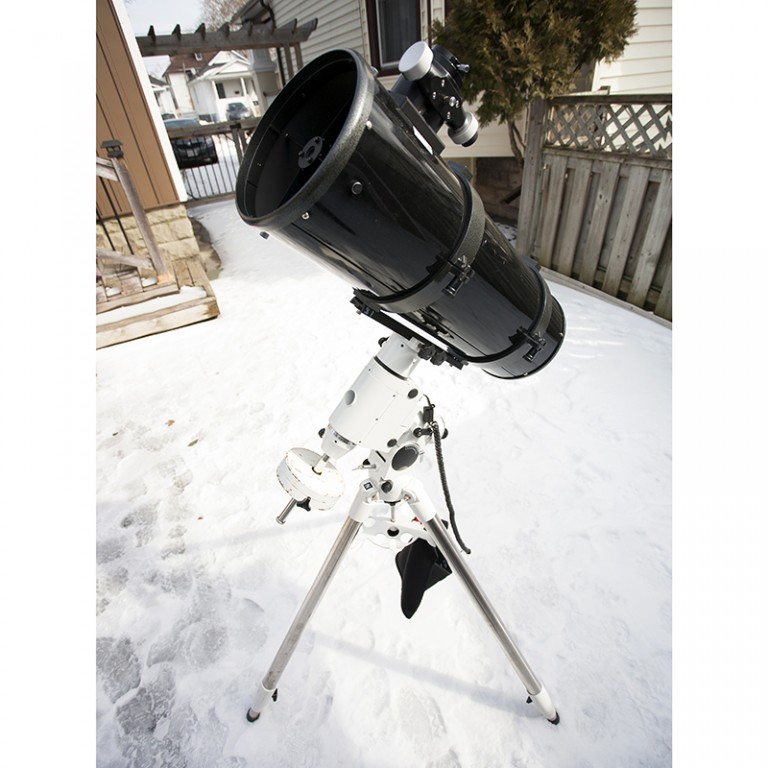
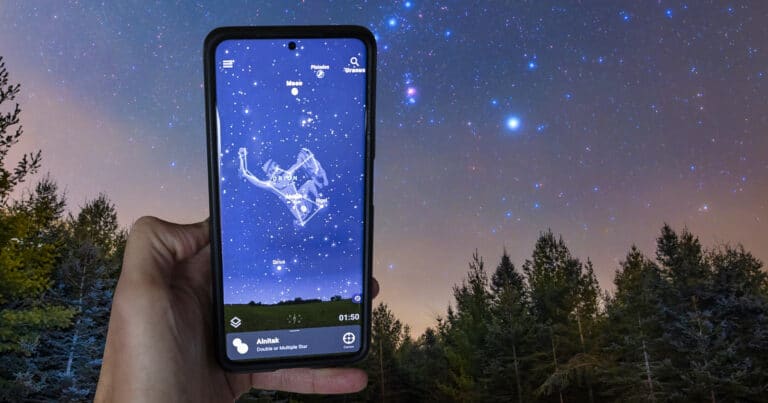
Great blog
Would love to share this with the Amateur Astrophotography Ezine
Anyone reading this in 2021?
2016 ➡️ 2021. 5 years. 70 to 251K subscribers. $2,500 rig to $12000 rig. Bortle 8 to… Bortle 7? Ok maybe not the last one. Still really unbelievable progress Trevor.